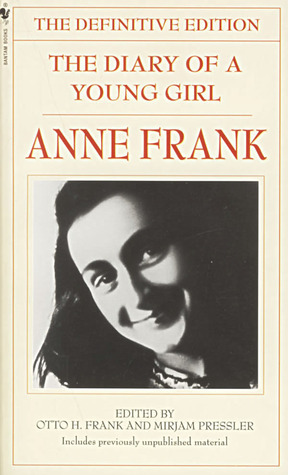
Anne Frank: A Hidden Life
Book Description
A diary tucked away in the shadows reveals the extraordinary spirit of a girl who longed for freedom in a world consumed by darkness. Anne Frank’s journey unfolds with hope, fear, and the indomitable will to dream beyond the walls that confine her. As the pages turn, friendships deepen and threats loom closer, each word capturing the intensity of a life overshadowed by war. This poignant exploration of resilience and humanity confronts the true cost of hatred and the profound impact of a voice that refuses to be silenced. What legacy will emerge when a hidden life is finally brought into the light?
Quick Book Summary
"Anne Frank: A Hidden Life" by Mirjam Pressler delves into Anne Frank’s life, going beyond the well-known diary to present the broader historical and personal context of her story. The biography details Anne’s upbringing, her family’s experiences during the rise of Nazi Germany, and the circumstances that forced them into hiding. Pressler explores Anne’s evolving relationships, her internal struggles, and moments of hope, highlighting the poignancy and resilience that defined her spirit. Through careful research and empathetic narration, the book illuminates not only Anne’s personal growth and dreams but also the tragic realities of the Holocaust. Ultimately, Pressler underscores the enduring legacy of Anne’s voice—a testament to courage, humanity, and the importance of bearing witness to history.
Summary of Key Ideas
Table of Contents
Resilience and Hope Amid Persecution
Anne Frank’s early life was shaped first by comfort and later by rising troubles in Germany as antisemitism intensified. The Frank family moved to Amsterdam, seeking safety from the Nazi regime. Yet, their new life was soon threatened by the German occupation of the Netherlands. Mirjam Pressler expertly contextualizes these events, showing how socio-political forces and personal decisions intersected, influencing not only Anne but her entire family’s fate.
The Burden and Bonds of Hiding
Once forced into hiding in the Annex above Otto Frank’s business premises, Anne’s world became one of cramped quarters and ever-present tension. The book vividly portrays the emotional and psychological strain endured by Anne, her family, and the other inhabitants. Despite fear, Anne’s innate optimism and playful spirit persisted, as did her conflicts and bonds with others in hiding. Pressler highlights the powerful sense of unity and discord born from enforced proximity and mutual reliance.
Coming-of-Age in Isolation
In the stifling environment of the Annex, Anne matured from a candid, sometimes petulant girl into a reflective and deeply thoughtful young woman. Pressler traces Anne’s journey through her diary entries—her growing self-awareness, dreams for a future beyond hiding, and efforts to define her identity. The constraints of her hidden life made each friendship, frustration, and moment of growth all the more intense and meaningful.
Legacy of the Diary and Bearing Witness
The discovery of the hidden families and their subsequent arrest is recounted with sensitivity, placing Anne’s fate within the broader tragedy of the Holocaust. Pressler does not shy away from the devastating consequences, presenting the harrowing aftermath—Anne’s suffering in the concentration camps, her untimely death, and the immense loss experienced by all who knew her. The narrative confronts the results of hatred, prejudice, and indifference.
The Human Cost of Hatred
Finally, Pressler emphasizes the legacy of Anne Frank’s diary—a work that endured beyond Anne’s own life and became a symbol of resilience, hope, and the human cost of intolerance. Through Anne’s frank observations and dreams, generations learn about both the horrors and the enduring strength of the human spirit. Pressler’s biography ensures Anne’s hidden life continues to illuminate and inspire people around the world.
Download This Summary
Get a free PDF of this summary instantly — no email required.





